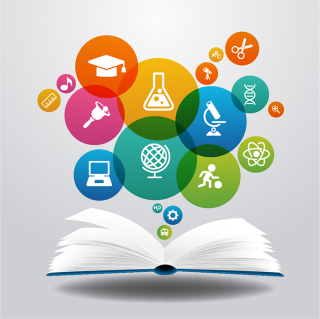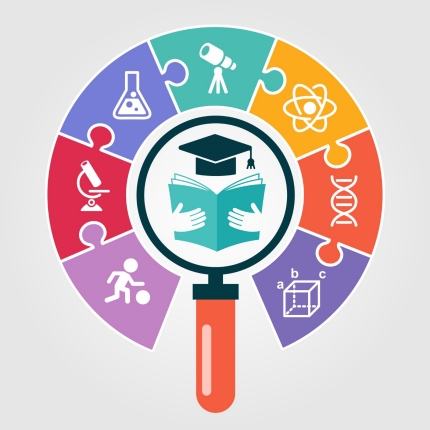The LENScience Context-Embedded Learning model involves exploration of socially relevant issues. Students are supported develop capabilities and understandings that enable them to become critically engaged citizens, able to decide upon and take evidence-informed action. Use these strategies, ideas and resources to think about how students might engage with and explore complex socio-scientific issues associated with health and wellbeing within the context of the Gut Bugs trial.
These learning outlines and ideas support the design of five separate and self-contained mini-modules or one larger unit.
- Complex causes of NCDs
- The human gut microbiome
- Gut Microbiome Transfer (GMT)
- Gut Bugs - Trial Processes
- Gut Bugs - Social Processes
Differentiation: Activities and resources can be selected and adapted to support the appropriate level(s) of conceptual complexity and literacy for the learners involved.
Assessment opportunities: The learning experiences and activities in these modules are designed to to be assessed against curriculum levels 4 and 5 for junior secondary and used in a formative or summative sense. Learning can also be assessed against curriculum level 6 and NCEA level one science and health achievement standards. See curriculum links for this topic.


